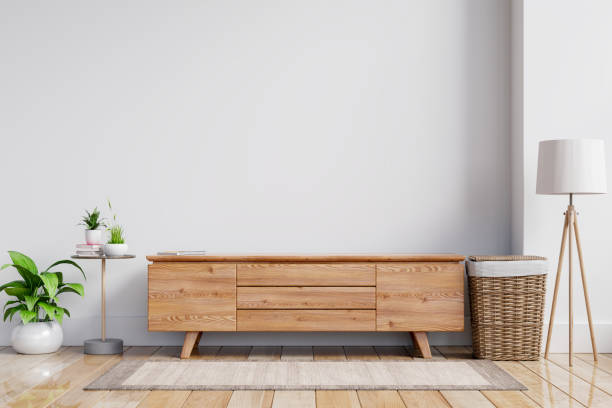Designing a home for aging in place is an important consideration as we grow older. It involves creating a living space that is safe, comfortable, and easy to navigate for seniors or those with mobility issues. The goal is to allow individuals to maintain their independence and continue living in their homes for as long as possible.
The first step in designing a home for aging in place is considering the layout of the house. Single-story floor plans are ideal because they eliminate the need for stairs, which can be challenging to navigate with age or disabilities. If this isn’t possible, consider installing a stairlift or ensuring there’s at least one bedroom and bathroom on the ground floor.
Next, pay attention to flooring choices. Slippery surfaces can pose significant risks; therefore, opt for slip-resistant materials such as vinyl or carpeting instead of polished stone or tile. Also, ensure all areas are well-lit to avoid tripping hazards.
Doorways should be wide enough to accommodate wheelchairs or walkers if needed – ideally 36 inches across. Similarly, hallways should be at least 42 inches wide. Lever-style door handles are easier than knobs for people with arthritis or other hand mobility issues.
In bathrooms, install grab bars next to the toilet and inside showers and tubs for added safety against slips and falls. Consider walk-in showers with built-in benches rather than bathtubs that require stepping over high sides. Raised toilets can also make sitting down and standing up easier.
The kitchen should have counters at varying heights so tasks can be done while sitting down if necessary – consider pull-out cabinets and adjustable shelves too. Appliances like dishwashers and ovens should be installed at comfortable heights so bending over excessively isn’t required.
Light switches should be placed lower on walls where they’re easily reachable from a wheelchair – around 48 inches from the floor typically works well – while outlets should sit about 18 inches above floor level so they can be reached without bending down.
When it comes to furniture, opt for pieces that are sturdy and easy to get in and out of. Chairs should have strong arms to assist with standing up, while beds should be at a height that makes getting in and out as simple as possible.
Lastly, consider smart home technology for added convenience. Voice-activated systems can control lighting, temperature, blinds, security systems, and more without the need for physical exertion or mobility.
Designing a home for aging in place is about anticipating potential future needs and making modifications that promote safety, accessibility, and comfort. With careful planning and thoughtful design choices, you can ensure your home remains a welcoming environment where you can enjoy your golden years with ease.

